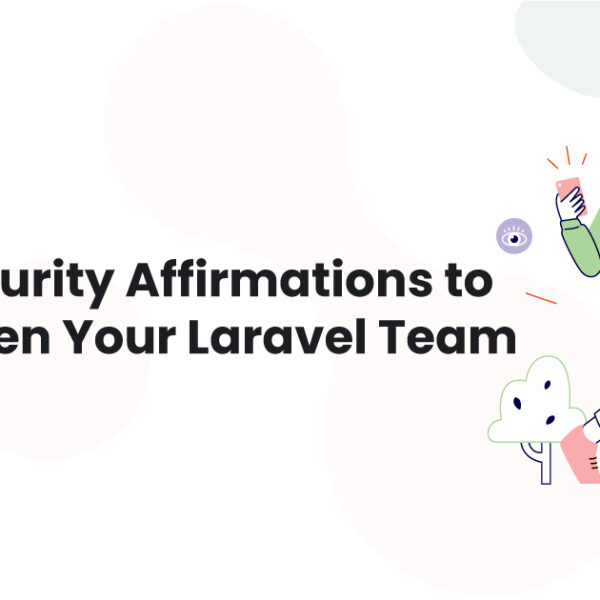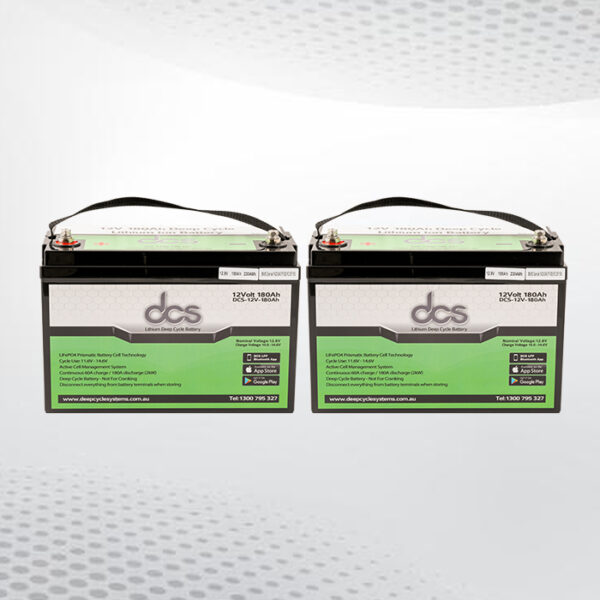
Generative AI describes algorithms (ChatGPT, Midjourney, DALLE, and more) that are used to create new content: (1) audio, (2) code, (3) images, (4) text, (5) simulations, & (6) videos.
Disclaimer: While I was searching for ‘Generative AI’ on Google, it said, “This is for informational purposes and is not intended as financial advice.” Therefore, go easy with what we are about to discuss here. It is illustrative and the actual process might be even more intricate, and secure, than what is easily available and accessible on Google.
Generative AI Meaning
Generative AI, or GenAI, is a type of artificial intelligence (AI) that allows users to input prompts to generate new content, such as text, images, videos, sounds, code, 3D designs, and other media. Generative AI models combine various AI algorithms to process content. For example, to generate text, natural language processing techniques transform characters into sentences, parts of speech, entities, and actions.
Types of Generative AI
Generative AI models include (1) text-to-text generators, (2) text-to-image generators, (3) image-to-image generators, and (4) image-to-text generators. The two main types of generative AI are (1) Variational Autoencoders (VAEs) and (2) Generative Adversarial Networks (GANs). Other types of generative AI include: (1) Autoregressive models, (2) Recurrent Neural Networks (RNNs), (3) Transformer-based Models, and (4) Flow-based models.
How Does Generative AI Work?
Generative AI, or GenAI, uses (1) neural networks, (2) deep learning, and (3) machine learning to create content that resembles human output. Users input various prompts, such as (1) text, (2) images, (3) videos, (4) sounds, (5) code, (6) 3D designs, and other media, and the model learns from the (1) patterns, (2) trends, and (3) relationships within the training data to generate coherent and meaningful content
Technology Stack for Creating an App Like Generative AI
Some key requirements For Generative AI App Development are as follows:
- Programming Languages: Python
- Libraries and Frameworks: TensorFlow and PyTorch
- Cloud Infrastructure: AWS, Microsoft Azure, Google Cloud Platform
- Deep Learning Frameworks: TensorFlow and PyTorch
- ML Models: Generative adversarial networks (GANs), recurrent neural networks (RNNs), and variational autoencoders (VAEs)
- Deployment Tools: Docker and Kubernetes
- Gen AI Orchestration: Langchain, Ilamaindex
- LLM Models: openAI, Anthropic
- Vector Database: Pinecone, Weaviate
- LLM Ops: Prompt Layer, Helicone
- UI/UX Design Tools: Khroma, Uizard, Framer, VisualEyes
- LLMOps: Akira, Scale, Lepton AI, W&B (model training, model evaluation, fine tuning, model serving, and model deployment.
- Frontend Hosting: Vercel
- Runtime: Hugging Face, LangChain, OctoML, Replicate
- Database: LanceDB, PGVector, Pinecone, drant, Weaviate
- Foundation Model: Open AI, AnthroP\C, Cohere
- Infrastructure Hardware: nvidia, mosaic, CoreWeave, databricks, Modal, together.ai
Generative AI developers take cues from:
- Closed – source foundation models: Large scale, pre-trained models exposed via API’s – GPT-3 (OpenAI)
- Model Hubs: Hugging Face, Replicate
- End – to – End Apps: Midjourney, Runway
- Open Source Foundation Models: Stable Diffusion (Stability)
- Cloud Platforms: AWS, GCP, Azure, Coreweave
- Computer Hardware: GPU’s (Nvidia), TPU’s (Google)
- Generative AI Tools: (1) Badin, (2) Rephrase AI, (3) Synthesia, (4) Type Studio, (5) Tomb, (6) dscript, (7) Compose, (8) AI Chrome plugin, (9) Chatsonic, (10) Mid journey, (11) Design AI
That itself makes it a hugely popular and highly complex technology out there. But as we said earlier, this is just an illustration and the actual Generative AI application can be a combination of architectures, programming languages, frameworks, third-party plugins and libraries, cloud interface host environments, tools, foundation models, and databases.
How to make an app like Generative AI?
There are many descriptive, theoretical articles around Generative AI but none of them have explained how to create an app like Generative AI. What we understood after a deep research is that to build a Generative AI app, a Generative AI model needs to be restructured. That model has to be trained on an input series of data. Algorithms, architectures and training methods have to be deployed to achieve desirable outputs. (Every step is important)
- More than one AI model can be used to create a Gen AI app.
- Next steps include – Collecting and preparing data; Several Generative AI models, each having different strategy for producing content: (1) Generative Adversarial Network (GAN), (2) Variational Autoencoder (VAE), (3) Long Short-Term Memory (LSTM), (4) Autoregressive Model, (5) Flow-Based Model, (6) Rule-Based Model;
- Once data is collected, cleaned, arranged, sorted, and becomes usable, there is a need to select the right framework and tools. Several tools/libraries/third-party plugins are available – (1) tensorFlow, (2) PyTorch, (3) Keras, (4) Scikit – learn, (5) Python, (6) Plotly, (7) Anaconda, (8) Git, (9) Julia, (10) NumPy, (11) Pandas, (12) R, (13) OpenCV, (14) Matplotlib, (15) Jupyter Notebook (etc).
- As a next step to develop a Generative AI Solution, specify the issue that you want your AI solution to address; select a generative model including (1) GAN’s, (2) VAE’s, and (3) autoencoders.
- Next step should be to optimize the Generative AI solution. This should involve (1) Hyperparameter tweaking, and (2) Regularization;
- Evaluating system’s performance is just as important as the development and testing itself. Assess system’s capacity for feedback, consider the system’s scalability and efficiency and analyze the output quality produced by the system.
- Deploy and monitor the solution by integrating it into an existing software through API’s and SDK’s provided by the solution provider. Host the AI solution on cloud platform like (1) Amazon web services, (2) Microsoft Azure, or (3) Google Cloud Platform that makes the system scalable and easily accessible. Install the AI solution on your own servers (hardware) for a greater control and security over data.
In short,
Essential steps in Generative AI App Development
- Data Pre-processing: Cleaning and preparing data for analysis.
- Prompt engineering/Fine Tuning: Designing effective prompts to guide AI in generating desired outputs.
- Foundational/Fine – Tuned LLM: Using foundation and fine-tuned language models for sophisticated content generation.
- Deployment and Monitoring: Implementing models in real-world applications and monitoring their performance.
Use Cases/Applications of Generative AI
Generative AI is being used in real life for (1) Face swapping, and (2) Voice cloning, amongst other use cases. It is being used in (1) insurance, (2) healthcare, (3) finance, (4) Salesforce, (5) banking, (6) education, (7) software development, (8) designing, (9) videography, and more.
What are the benefits of Generative AI app development?
Generative AI emphasizes producing fresh content beyond mere analysis. It’s used creatively for pattern and content generation in various forms like (1) text, (2) images, and (3) music. Unlike rule-based methods, it learns from extensive data, enhancing user experience alongside Google search. It saves a lot of time and effort.
Future Trends in Generative AI App Development
The ideal deployment choice hinges on your unique requirements. Assess the advantages and drawbacks of each approach to select the one that fits your objectives. Whether (1) utilizing cloud platforms, (2) edge devices, or a combination, deploying generative AI can lead to fresh insights, innovation, and improved results.
Cost of Developing Generative AI Models
Generative AI is based upon three basic models: (1) GAN Architecture and Components, (2) GAN Training Techniques and Loss Functions, (3) GAN Variants and Real-world Use Cases;
All these can further be sub-divided into architecture and components, techniques and function. The cost varies according to the specific needs of the application and the purpose for which application development companies are building them.
Although the actual cost might vary, the first search result on Google as of April 2024 says that the cost to develop a Generative AI app falls in between: $30,000 – $1, 50,000.
What’s the key?
Generative AI is leveraging programming languages being used for AI and data science, engulfs complex architectures, and models to create exciting possibilities of generating new, unique, realistic content across various domains.











